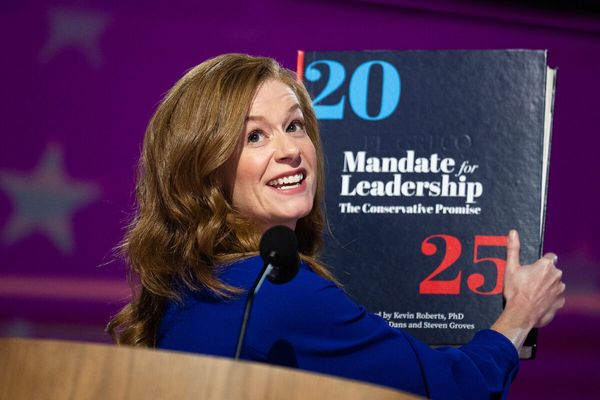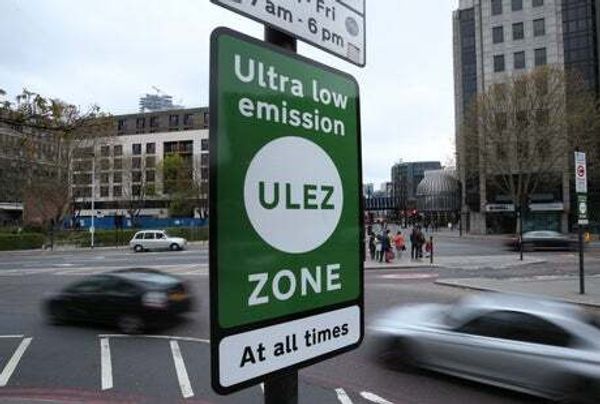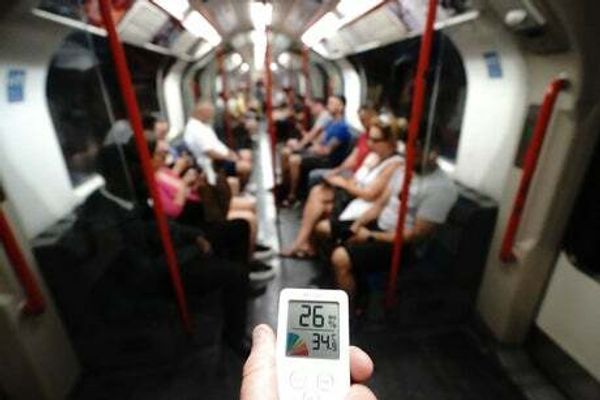
Over 800,000 journeys a day are made by bike in London
(Picture: Jeremy Selwyn)The number of Londoners cycling is almost 25 per cent higher than pre-pandemic levels, according to the latest data.
Transport for London said that roadside counts in inner London between March and mid-June were an average of 24 per cent higher than the same period in 2019.
The number of cyclists was 14 per cent higher on weekdays and an astonishing 82 per cent higher at weekends, TfL said.
An update on TfL’s cycling strategy said: “Preliminary data from cycle counts (mostly in inner London) indicate that between March and mid-June 2022, cycling levels were on average 24 per cent higher than the same period in 2019 (14 per cent higher on weekdays and 82 per cent higher at weekends).”
But TfL said more needed to be done to reach the target of 1.3m bike trips a day by 2024. TfL is now to relaunch its cycling strategy to encourage more Londoners to switch to a “car lite” lifestyle.
There will also be extra effort made to encourage more women and black and ethnic minority Londoners to cycle.
More than 800,000 journeys a day are made by bike but these groups are seen as key to hitting the 1.3m target.
Prior to the pandemic, there were signs that the growth in cycling had reached “market saturation”. But advice to leave public transport for key workers, concerns about covid and changing work patterns sparked the move to two wheels.
This meant that cycling accounted for 3.1 per cent of all daily trips in London in the first quarter of 2022, up from 2.7 per cent in 2019.
Alexandra Goodship, a cycling strategy manager at TfL, said London’s cycle network had grown markedly in the last six years – from 56 miles to 214 miles.
Latest additions include a protected lane at Hammersmith roundabout and the completion of Cycleway 9 through Chiswick.
Presenting the latest figures to TfL’s customer services committee, she said: “We have seen really strong growth in cycling over the last 20 years, with journeys having increased by 152 per cent.
“Cycling was really popular during the pandemic but it’s a bit early yet to know whether that trend is going to continue beyond this period.”
She said the risk of being killed or seriously injured (KSI) cycling had reduced over the last decade but work was being done to see if that was still the case, after a 15 per cent annual increase in KSIs in 2021.
A total of 989 cyclists were seriously injured in the capital last year, up from 862, while the number of fatalities increased from six to 10.
TfL says 27 per cent of Londoners already cycle, and a further 22 per cent are “actively considering” starting. It says there are eight million journeys a day that are “switchable” to bike.
It wants to implement pledges in Sadiq Khan’s 2021 mayoral manifesto to install 5,000 more residential bike hangars, and more bike parking at stations and on high streets. But many proposals are unfunded and it wants boroughs to act without waiting for TfL cash.
“We want to shift our approach to be much more inclusive and to broaden its appeal,” Ms Goodship said.
“We are going to be refreshing the cycling action plan later this year. It’s really critical that everything we deliver in cycling reaches all Londoners, particularly in deprived areas.
“If we can succeed in making cycling more inclusive, we will be able to unlock many of the ‘switchable trips’. We know that 38 per cent of switchable trips are made by black and ethnic minority Londoners and more than half by women.”










